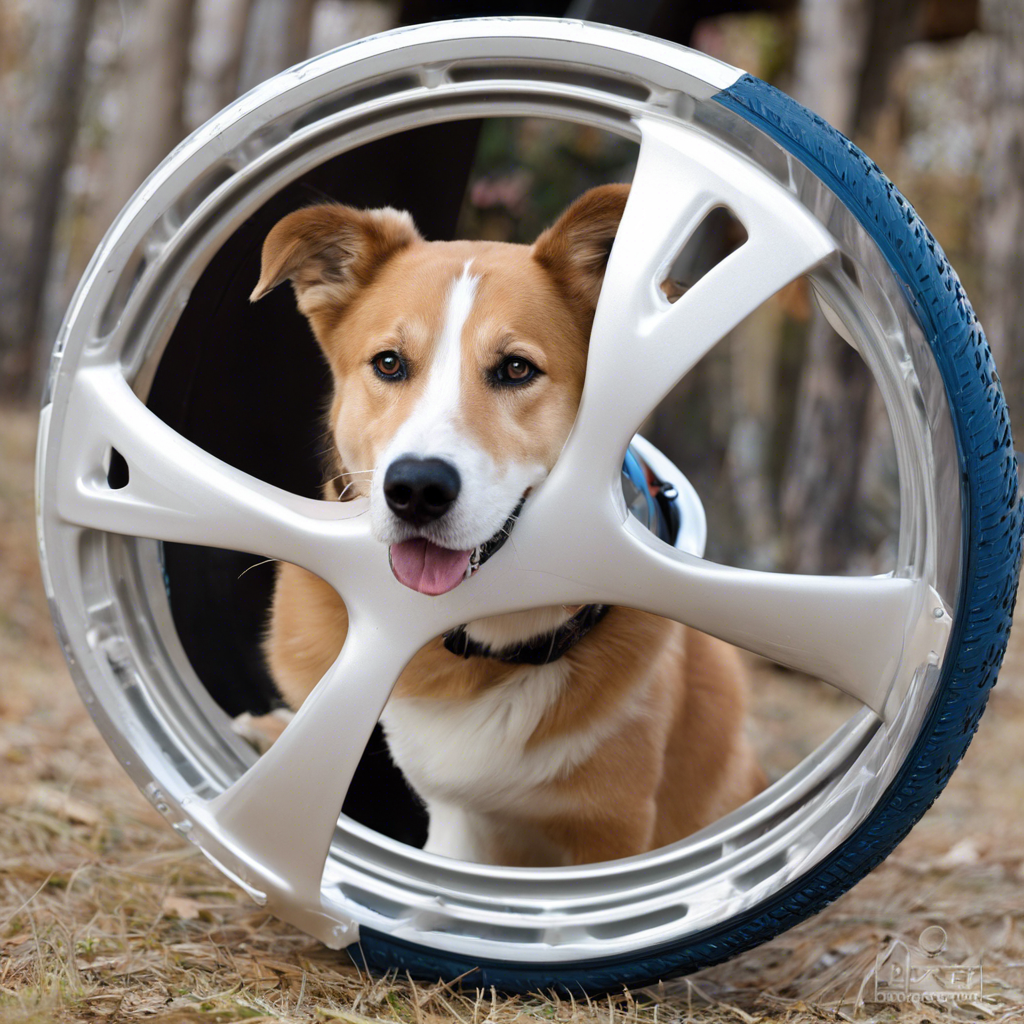Are you considering adding a dog exercise wheel to your pet’s play area? These innovative wheels are increasingly popular among dog owners, offering a fun and engaging way for our furry friends to stay active indoors, especially during those long winter months or as a convenient exercise option for apartment dwellers. But with various options on the market, it’s essential to understand the features that best suit your dog’s needs and ensure their safety. This guide will take you through the key considerations when choosing a dog exercise wheel, focusing on size and safety features.
**Size Matters**
The first and most crucial aspect is selecting the right size. Dog exercise wheels come in various diameters, typically ranging from 24 to 48 inches. The suitable size for your dog will depend on its breed, age, and size. Smaller breeds like Chihuahuas and Pomeranians will comfortably use a 24-inch wheel, while larger breeds such as German Shepherds or Great Danes will need a 48-inch wheel. It’s essential to choose the appropriate size to ensure your dog can use the wheel comfortably and safely.
When in doubt, opt for a larger wheel. Dogs can quickly outgrow smaller wheels, and an oversized wheel is safer, allowing your dog more space to run. Moreover, larger wheels often come with additional safety features and can support heavier weights, ensuring they can be used as your dog matures.
**Safety Considerations**
Safety is paramount when it comes to dog exercise equipment. Look for wheels with robust construction and quality materials. These wheels should have a sturdy running platform with a non-slip surface to prevent injuries from slips. A well-designed wheel should also have a protective barrier or enclosure to prevent your dog from falling off while in motion.
The best wheels incorporate safety features like emergency brakes and adjustable resistance settings. These features allow you to control the speed and intensity of your dog’s workout, gradually increasing the challenge as they become more familiar with the equipment. Some advanced models even offer remote-controlled settings, allowing you to adjust the pace from a distance.
**Noise Level and Maintenance**
Noise is another consideration, especially if you live in an apartment or shared space. Quieter wheels often use high-quality ball bearings, ensuring a smoother, quieter operation. However, these wheels might require more frequent cleaning and lubrication to maintain their performance. Regular maintenance is essential to keep the wheel functioning optimally and safely.
**User Reviews and Reputation**
Before making a purchase, read reviews from other dog owners. This can provide valuable insights into the product’s real-world performance and durability. Look for reviews that discuss long-term use and reliability, as this will give you a better understanding of the product’s overall quality and safety over time.
In conclusion, when choosing a dog exercise wheel, consider your dog’s size, the wheel’s safety features, and its maintenance requirements. The right wheel should cater to your dog’s size and be equipped with safety mechanisms to prevent injuries. By taking these factors into account, you can ensure your dog enjoys a fun and secure indoor exercise experience.

